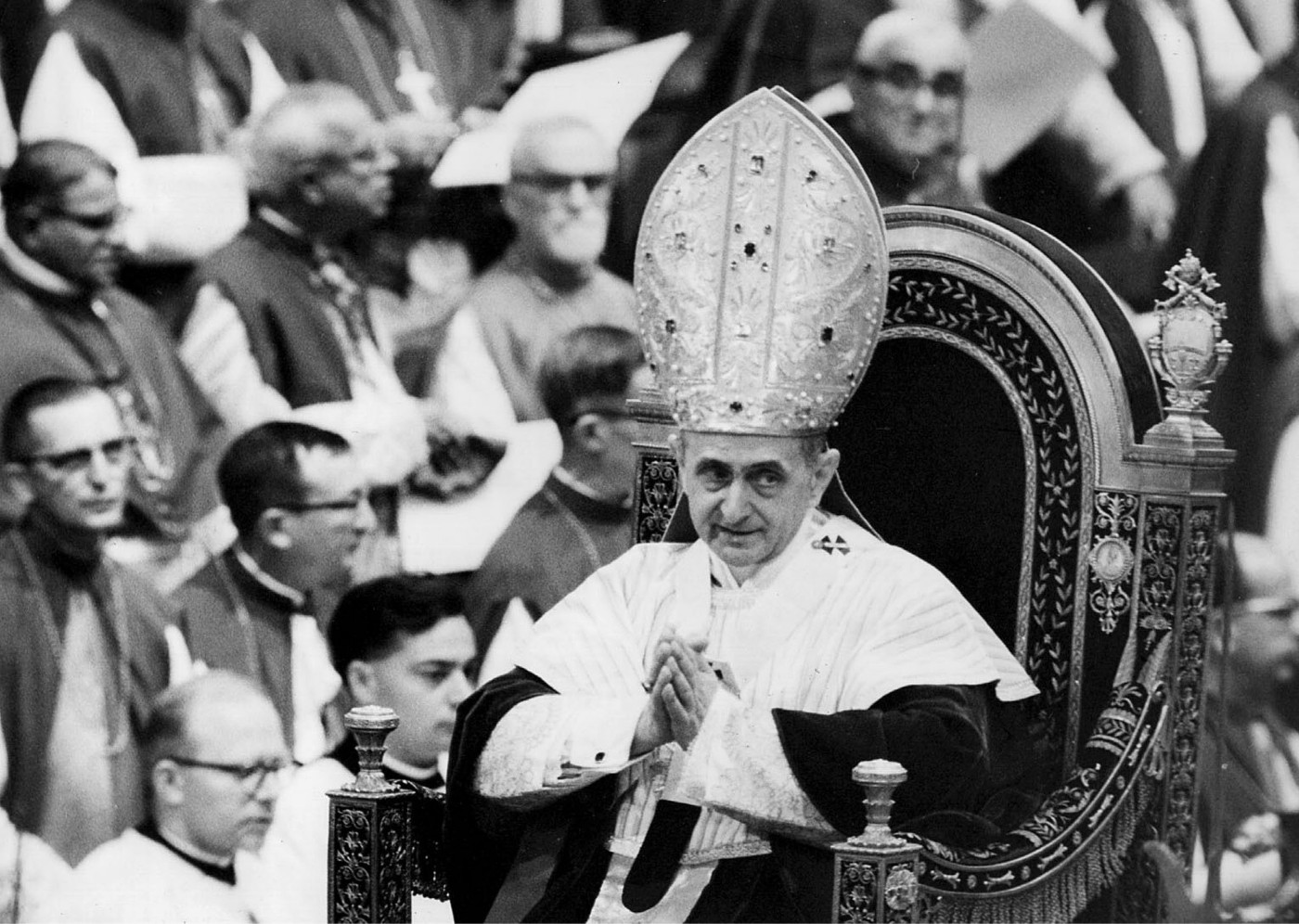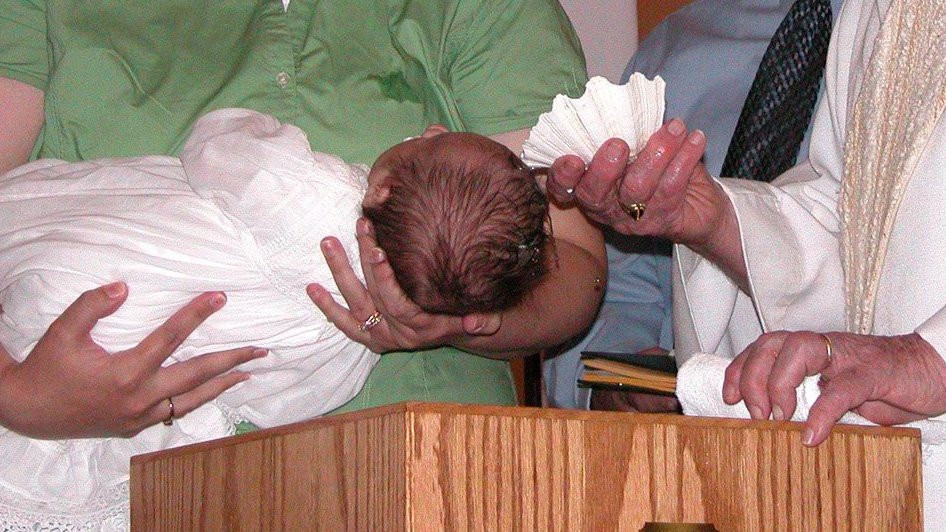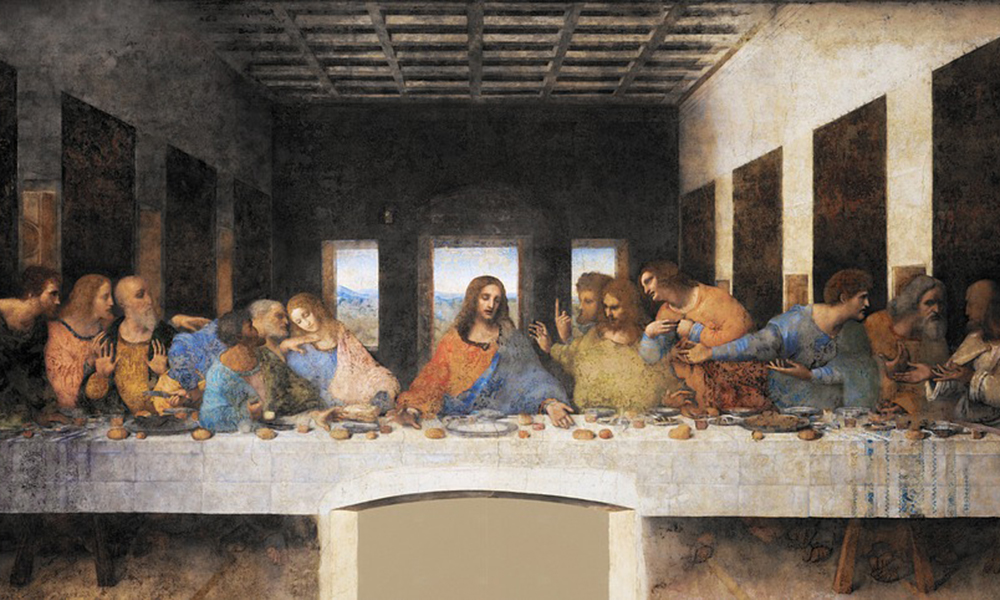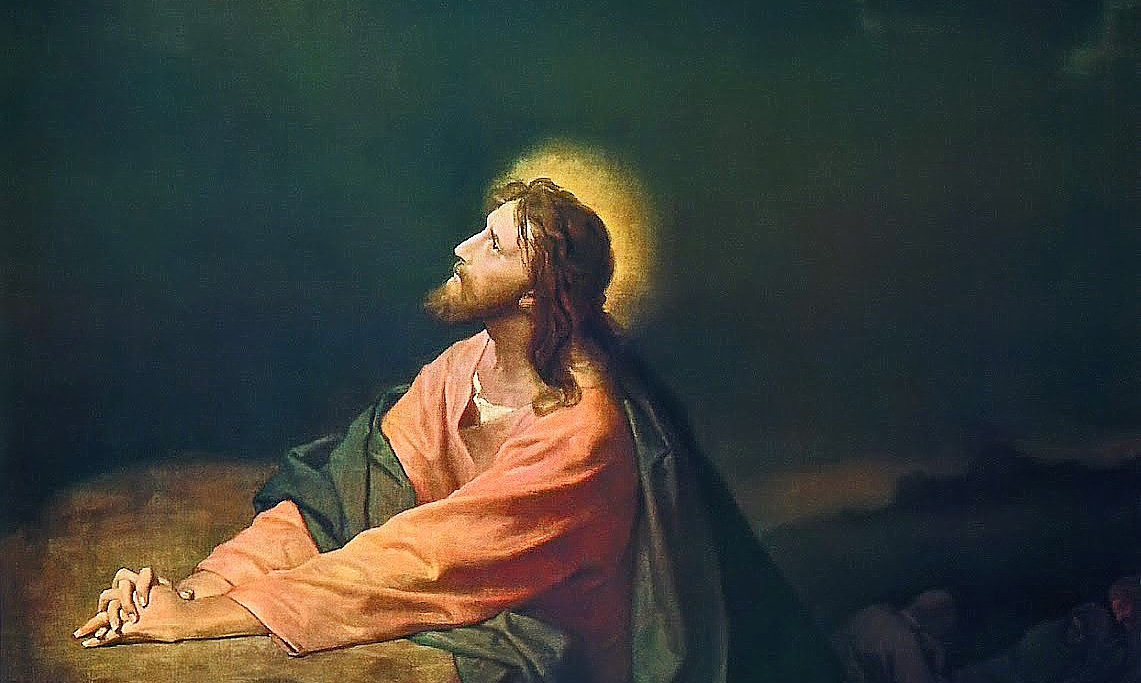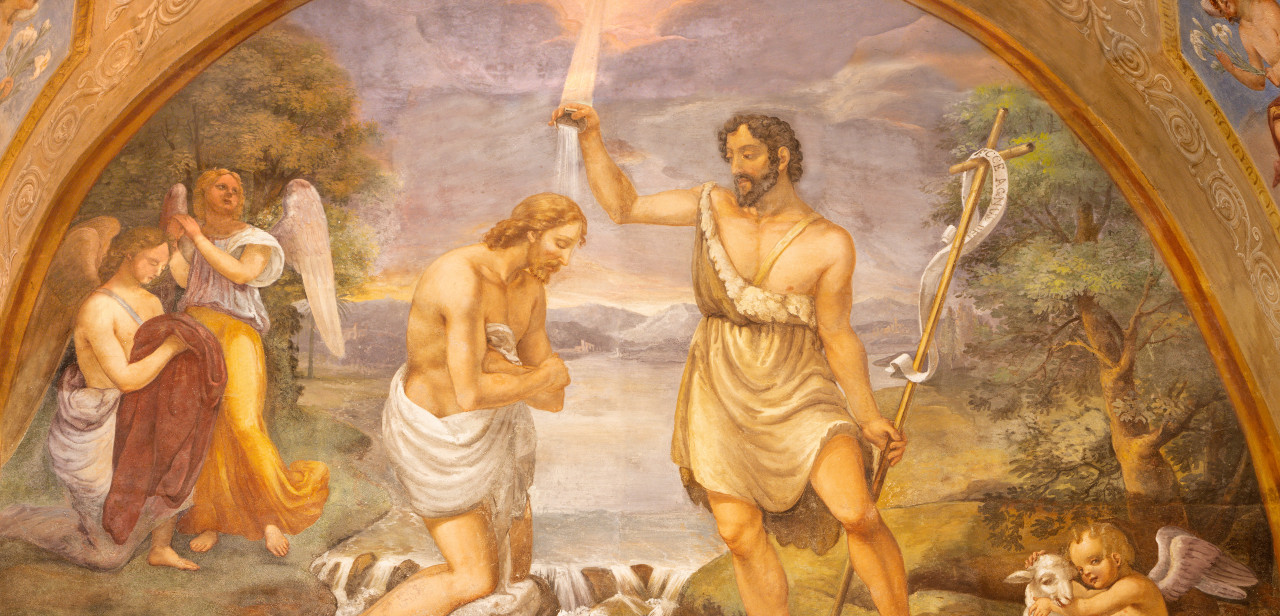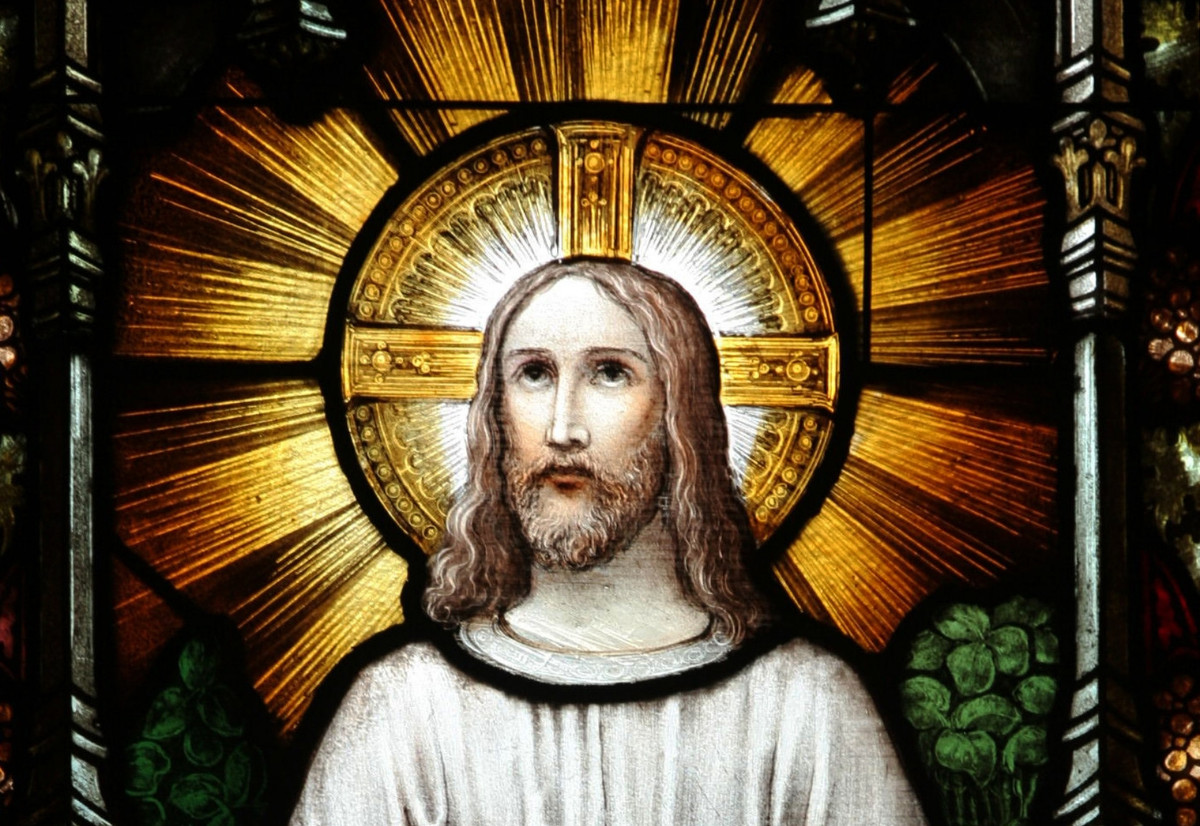In exploring today the Catholic Church in its essence, the teaching of the Second Vatican Council occupies a central place. What did it say about the Church? To answer this question, we turn to the council’s longest-debated document (having undergone three major revisions over three years), but arguably also its most beautiful and rich — the Dogmatic Constitution on the Church, more commonly called Lumen Gentium.
The first thing the Lumen Gentium says, quite profoundly in its opening lines, is that the “Church is in Christ like a sacrament or as a sign and instrument” (LG 1). The Church, of course, is a visible reality, made so by its hierarchy and liturgy and so on. But is that all one can say about it? Is what’s physically visible about the Church all there is? Right off the bat, the Church says, “No.” Rather, the Church is, biblically speaking, a mystery. The title of the constitution’s first chapter is called De Ecclesiae Mysterio, which is to say, as we see, that the Church is “like a sacrament or as a sign and instrument.” But what does that mean?
Without getting deep into the etymology of either the Greek word mysterion or the Latin word sacramentum, we can simply say that a sacrament is a sign that has some hidden reality about it. That is, a sacrament isn’t just a sign, but always more. For me, thinking of it this way helps: a sacrament is a sign that participates in what signifies. For example, a stop sign is just a normal sign that tells you to stop, but it doesn’t participate in some sort of metaphysical thing called stopness. Because it’s just a sign. Or, consider a picture of some sort — of the Mona Lisa or of your best friend. Such pictures are signs that remind us of people or events, but they do not metaphysically participate in the objects they represent. A sacrament, however, is different. It’s a sign that participates in what it signifies. Consider the Eucharist. The consecrated bread and wine is a sign of the body and blood of Jesus, but it’s a sign also participating in what it signifies. It is the body and blood of Jesus, we believe.
So, the Church is a sacrament; that is, it’s a sign that participates in what it signifies. But a sign of what? It’s a sign both of a “very closely knit union with God and of the unity of the whole human race,” as the opening sentences of Lumen Gentium make clear. As the Dominican theologian, Edward Schillebeckx (whose theology in the 20th century did much to broaden our understanding of the sacramental), succinctly put it, “The earthly Church is the visible realization of this saving reality in history” (Christ the Sacrament of the Encounter with God, 2.1.1). The Church is a sign of our union with the triune God in and through Christ; the Church, in a sense, images that communion. But it’s also a sign of human unity. Now, behind this claim is an awful lot of narrative and theology, the wisdom within our biblical stories of creation and redemption. But, basically, the claim is that we all share one human nature and that the Church signifies the redemption of our one shared human nature, that it’s a sign of the perfection of all human communion. The Church is simply the sign of this twofold union.
But the Church is also an instrument of this twofold union; that is, the Church not only images divine and human unity, it is also its beginning; the Church inaugurates this union, participates in its creation. Which reveals the Church’s purpose and mission: to “unfold more fully” to both the Church and the world “its own inner nature and universal mission,” which is this very twofold union of God and humanity (LG 1). The Church is the “universal sacrament of salvation,” Lumen Gentium teaches; that is, it’s the enduring and definitive sign and instrument of salvation for all time and all peoples (LG 48). No mere human institution, the Church enjoys some of the transcending characteristics of the divine. It is and always will be present and relevant; and hell will never overcome it (Mt 16:18).
This, undoubtedly, is a high claim to make for the Church — that it not only signifies but also shares in and brings about the redeeming communion of God and humanity. But the council makes it because of what we believe about the Church at its core. “Since it is in Christ,” the text says — in Christ. This, of course, is an idea fundamental to the New Testament, to Paul particularly. Believers in Christ, with faith and baptized, are en Christo or en Kyrio — that is, not only are they allied to Christ, they are grafted onto him, into his life, death and risen life. We’re speaking here at the level of being, of mystical union. Paul spoke in this manner in many places, as in Colossians where he said, “it is Christ in you” and that “Christ is your life” (Col 1:27; 3:4); and most famously to the Galatians, saying, “I have been crucified with Christ; yet I live, no longer I, but Christ lives in me” (Gal 2:19-20). This is how the Church can say that it’s no mere human institution or social construct, because as a communion of believers in Christ, they are truly in Christ. And so, what belongs to Christ himself belongs mystically to the Church. Again, we should recall all that time spent at the beginning, exploring John 17. Referencing Jesus’s glory, which he received from his Father and which he shared with the disciples (see Jn 17:22), is just another way to describe life in Christ. And it’s the theological reality underneath our strong claims about the Church — that it’s not just another organization but the vanguard of heaven.
Which is why, in the very next breath, Lumen Gentium locates its claim about the Church within the broader biblical story of God’s creation and redemption. The Church is part of the eternal Father’s “hidden plan” to raise his people up “to a participation of the divine life” (LG 1). Again, remember Jesus’s prayer — “I wish that where I am they also may be, that they may be with me, that they may see my glory that you gave me, because you loved me before the foundation of the world” (Jn 17:24). By rehearsing the history of God’s saving work, Lumen Gentium puts forward a very simple thesis: that the Father never left us to ourselves, but “ceaselessly offered helps to salvation” (LG 2). And, of course, it is Christ who, as “image of the invisible God, the firstborn of every creature” is the perfection of God’s saving help, given in the “fullness of time” (Col 1:15; Gal 4:4). This is what the Church is in Christ — the sign of this salvation, but more. Not just a sign, the Church is a sacrament — a mystical thing able truly to draw the faithful into the very reality it proclaims. That is, the Church not only preaches Christ, in that the Church believers also die and rise in Christ; they feed on Christ in the Church; they are saved in Christ in the Church.
Why does this matter? Because it suggests that if the Church is to be understood at all, it must be seen for what it fully is. Not just a political thing, a sociological thing, or an institutional thing, the Church is the continuation of God’s work of redemption and is mystically part of the realities it proclaims. That is, it’s a sign and instrument — a sacramental living thing bigger than all of us.
Father Joshua J. Whitfield is pastor of St. Rita Catholic Community in Dallas and author of “The Crisis of Bad Preaching” (Ave Maria Press, $17.95) and other books. Read more from the series here.

